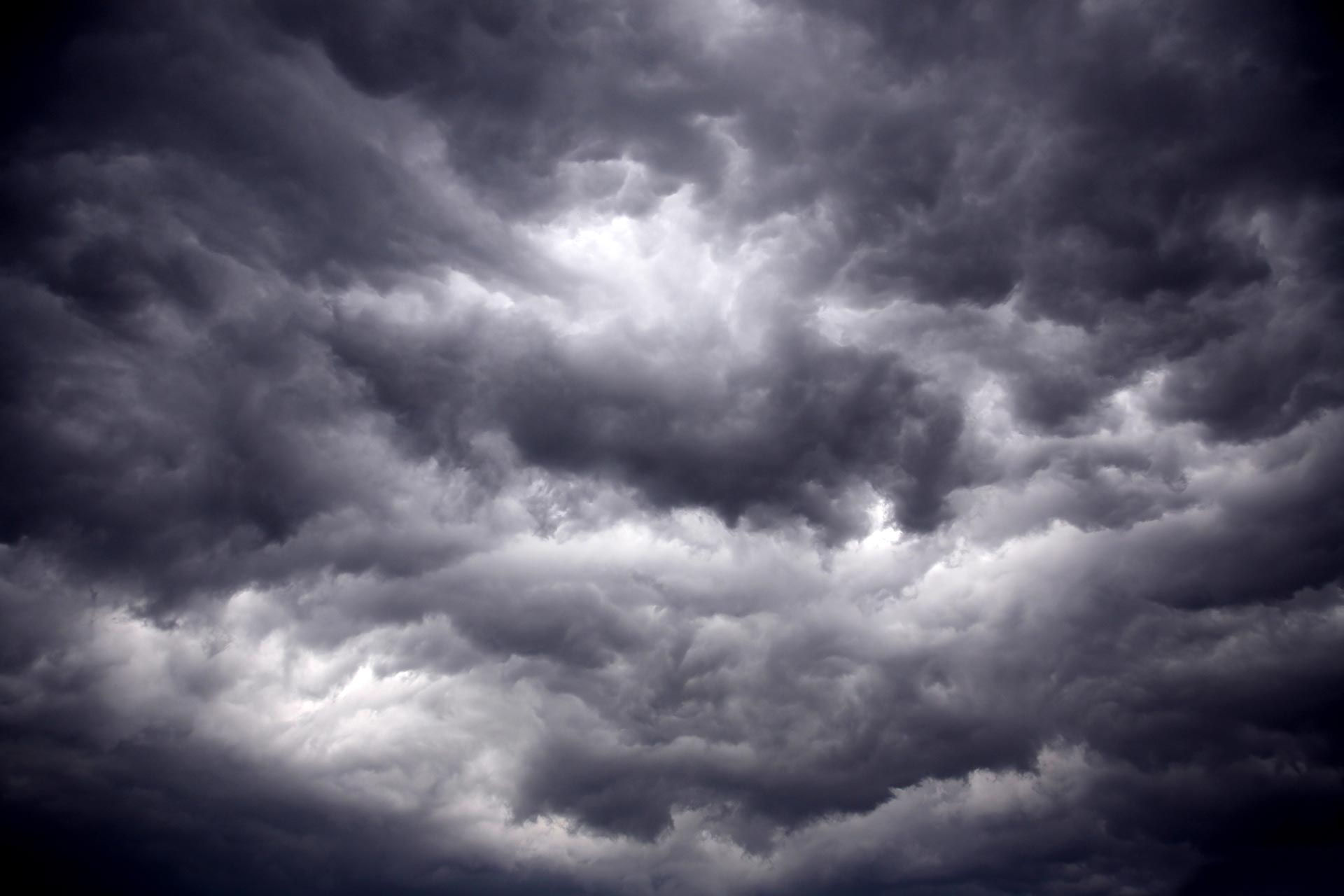HIGH AS A KITE...
- terryswails1
- Jan 14
- 4 min read
Did you know that the higher the pressure, the colder the temperature? If you have not made the correlation, file away the fact that the colder the air, the more dense it is, and the colder the temperature gets. "High" pressure by its dense nature also creates subsidence, in other words, all that pressure underneath it causes the air to sink. Sinking air is stable, dry, and in January plenty cold!
We are getting a nice taste of a typical January high pressure Tuesday, with temperatures that will struggle to get out of the low to mid-teens. For most, wind chills will remain in the range of zero to 15 below much of the day, coldest in the morning. Before the high is fully established, some powdery light snow that fell overnight will end very in the day. More on the weak clipper and its snow in a minute.
The bottom line, today's weather is going to be full on winter. Raw and very frisky. Here's the high pressure that produces the unpleasant conditions and lows that approach zero Wednesday morning.

Now, imagine this. Sunday, a high pressure of, 1060mb is shown building into Montana. On a home barometer, that equates to a central pressure of 31.30 inches. (Many basic barometers don't read lower than 31.00 inches). To the point, compared to the high we'll have over us Tuesday night, that's a giant. In fact, In the contiguous United States the highest-pressure reading yet measured is 1064mb (31.42”) at Miles City, Montana on December 24, 1983. Many of you may remember that as the coldest Christmas in modern U.S. history (at least for almost everywhere east of the Rockies). I personally was stranded in Dubuque where zero visibility and blocked roads outside of town made traveling life-threatening. Wind chills reached 64 below in Waterloo Christmas Eve.

I do not see anything like with this set-up, but buying the idea of a powerful building high (the GFS is only a few millibars lower than the EURO), we could be headed for a deep freeze with a couple of days around January 20th where highs don't get much above zero, or even hold below that in the north. The only thing that may save us from a full on assault is the fact we are not going to have much of a snow cover. In fact, there may not be any snow at all, thanks to a brief late week warm-up in the 40s Friday. Adding to that, there's not much snow to be found further north in the Dakota's and Minnesota. That allows the cold air to modify some on its journey south out of Canada. If we had a fresh 5-10 inch snow pack, that could make temperatures at least 10 degrees colder than they turn out to be.
Here's the 500mb height anomalies going into January 20th. That is a solid cross polar flow and looks very frigid and blustery to me.

These are the temperature departures for the 7-day period January 18 to 25th. The entire nation and much of Canada is way below normal. A frosty look.

The coldest day seems to be focused on the 20th, when temperatures locally are 22–23 degrees below normal. Notice the anomalies are significantly colder surrounding us due to the fact snow cover is more extensive or forecast to be by then.

Speaking of snow or storms, such a commodity is going to be hard to come by with the vast amount of high pressure in place the next 10 days. What you are looking at here are precipitable water anomalies, January 20th. The whole central U.S. is only 5-15 percent of normal.

In actual values, that translates to available water vapor of .04 hundredths of an inch. Talk about dry air. Get the skin lotion stocked up.

This is what the EURO shows for precipitation amounts the next 10 days.

The GFS tries to slip a clipper in later in the period, but amounts are still meager. I will say, if we would by chance see anything that might produce light precipitation, it would be clipper associated. I'm not counting on it, especially with no measurable precipitation at my place so far in 2025.

That should change (but not by much) by the time you read this. As mentioned earlier, a fast moving weak disturbance is streaking through the region by daybreak. It appears to have just enough moisture and a favorable track to drop enough snow to easily track a cat. With snow ratios of at least 15:1, what does fall will be pure powder and fluff up nicely. There could be a few slick spots early Tuesday. For the most part, amounts should be around 1/2 inch, but a band up to an inch could lay out where the strongest forcing occurs. Here are some model suggestions of potential snow totals.
The EURO, the most aggressive on amounts.

The GFS

THE HRRR

THE 3K NAM

The 10 GEM

What snow does fall overnight is likely to melt as a good warm up should get us into the 30s Thursday and 40s look on track for Friday. After that, we get high, (as in high pressure) and down go temperatures late weekend. Have a solid day despite the wintry look and feel of today. Roll weather...TS
HOLIDAY SALE CONTINUES AT OUR GALENA AIRBNB (CLICK BANNER)
40% off a weekend or weekday stay in December-February. Call or text Carolyn now at 563 676 3320.

















Commentaires